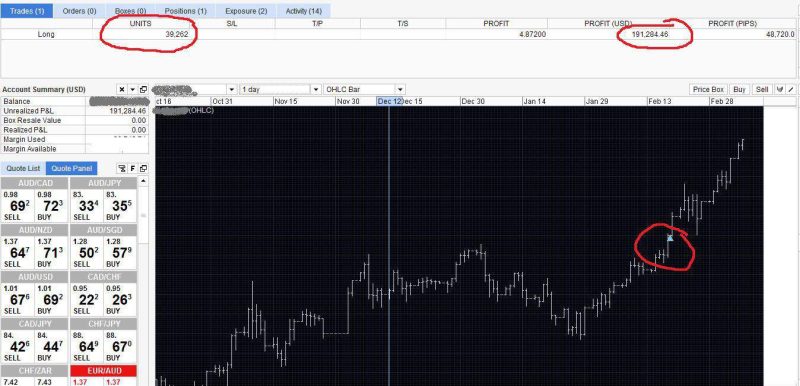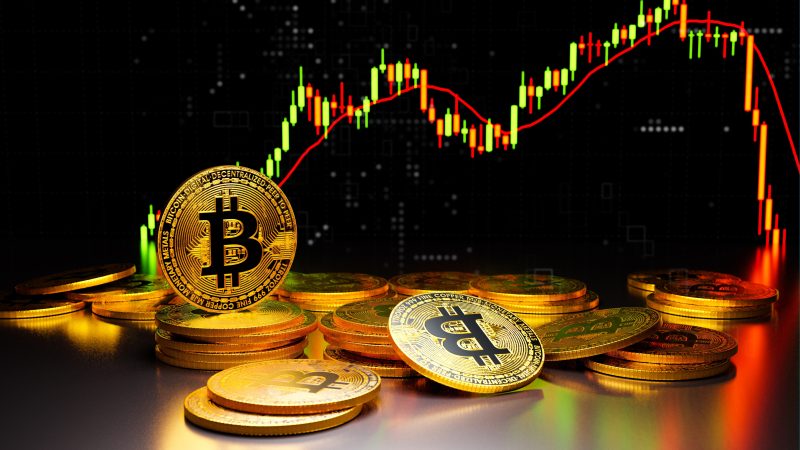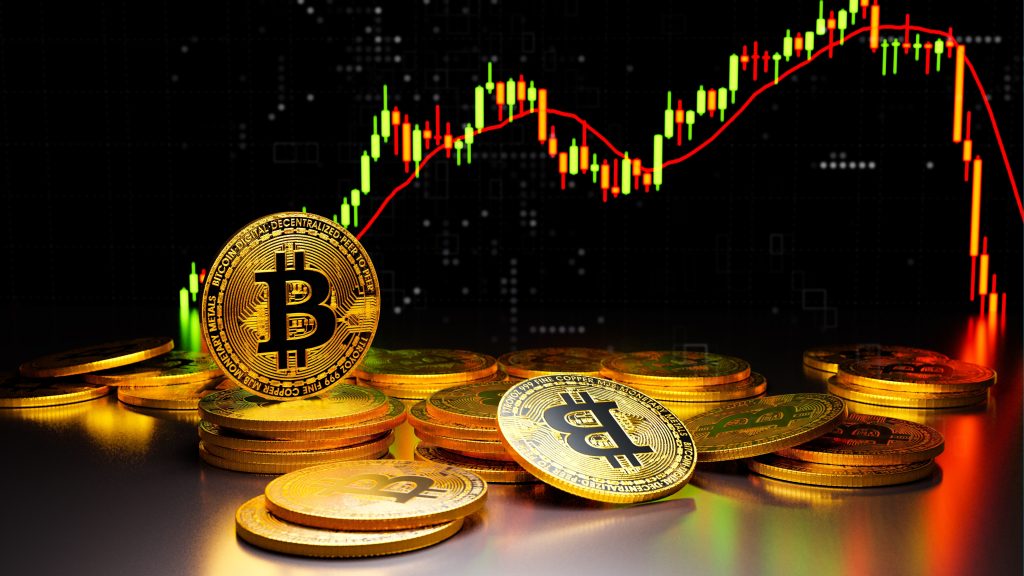The bear call spread option trading technique is used when the options trader believes that the underlying Strike price will fall moderately in the near term.
A bear call spread's major benefit is a reduction in the net risk of the deal. The risk associated with selling the call option within the lower strike price is reduced by buying the call option with the higher strike price.
You can use bear call spreads by purchasing call options with a specific strike price and selling an equal amount of call options with a lower strike price.
This comprehensive guide will explain everything you need to learn about the bear call spread strategy and how this trading method works in financial markets.
Also Read: Bear Trap – The Best Technical Strategy to Profit from Short Squeezes
Contents
- What Is a Bear Call Spread Strategy?
- Example of Bear Call Spreads
- Bear Call Credit Spread Market Strike Price Outlook
- How to Set up a Bear Call Credit Spread?
- Advantages of the Bear Call Strategy
- Limitations of the Bear Call strategy
- The Impact of a Stock Price Change on the Bear Call Spread Strategy
- Bottom Line
- FAQs
What Is a Bear Call Spread Strategy?
A Bear Call Spread Strategy involves placing a Call and Put Option with a lower trigger price on the same underlying instrument and the same expiration date.

A premium is paid to you when you sell a call option, and a premium is paid to you when you buy a call option. Your investment cost is thereby drastically decreased.
Furthermore, the spread options approach is less risky because the return is limited to the difference between the premium received and paid.
When traders think the underlying strike price will significantly decrease, they will employ this approach. This strategy is known as the “bear call credit spread” because it enters the transaction with a net credit. The process has limited upsides and downsides.
Example of Bear Call Spreads
The bear call spread consists of two short calls at higher strike prices and one long call at higher strikes. Both calls contain the same fundamental stocks and the same expiry dates. The bear call spread is based on net profit and the profits generated by a breakeven stock price.
Potential profits are limited by a net premium received without commissions, and potential losses will be reduced when stock prices exceed the target price.
Bear Call Credit Spread Market Strike Price Outlook
The credit spread is inserted when the seller believes the underlying asset price has not yet surpassed the strike price.
Short Call options are valid until expiration. Bear call spreads are called call credit spreads because of receiving credit on trade entry.

Typically, risk limits are the spread width or less credit received. In bear call credit, the breakeven rate equals short strike rates and net credit received. Time declines and lower implied volatility also help make positions more profitable.
As long as the strike price reaches the underlying stock's price, credit can be obtained on trade entry.
Also Read: What Is Selling Puts
How to Set up a Bear Call Credit Spread?
A bear call credit spread includes short call options and long calls bought at a higher strike price rate. Credits are given as the maximum profit in the trade.
Maximum risks include the length of the spread minus the amount of the loan. The closer the strike rate was to the same underlying stock price, the more money was recovered.
However, the probability is high that the option would end up in the market. The greater the distance between the short and long call options, the greater the profit. The outlooks are more aggressive, and the maximum risks are more significant.
Advantages of the Bear Call Strategy
Unlike selling or writing a naked call, the bear call spread permits premium income to be produced with a lesser level of maximum risk.

The bear call spread exploits the decisive element in options strategy. The odds favor the person who created the bear call spread since most options either expire or are not exercised.
One can adjust the bear spread to fit their limited risk tolerance. The maximum risk and maximum possible gain of the position will be reduced if the trader chooses a tight spread where the call strike prices are minus. Even if it results in a greater loss, should the short stock position appreciate, a risk-taking trader may favor a larger spread to maximize gains.
Limitations of the Bear Call strategy
Gains from this options strategy are fairly modest and might not be sufficient to offset the risk of losing money if it fails.

Before expiry, there is a large risk of assignment on the short call leg, particularly if the stock rises quickly. This might require the trader to purchase the stock at a higher price than the short-call strike price, incurring a significant loss immediately.
If there is a significant disparity in the short and long call's strike prices, the risk is the substantially higher strike price.
The range of ideal circumstances for a bear spread is constrained since it performs best on equities or indexes with high volatility and may trade a lower strike price.
The Impact of a Stock Price Change on the Bear Call Spread Strategy
When the underlying strike price falls, the bear call spreads profits; when it increases, the spread suffers. It indicates a “net negative delta” for the position.
Delta forecasts how much an option price will vary as the stock price changes, and the difference in option price is usually less than the change in stock price.

Furthermore, a bear spread is made up of one short call and one long call, the net delta varies very little as the stock price fluctuates while the time to expiration date remains constant. It is referred to as a “near-zero gamma” in option terminology. Gamma calculates how much a position's delta varies as the stock price changes.
Implied Volatility Impact on a Bear Call Credit Spread
Bear call net credit spread benefits from lowering implied volatility. Lower implied volatility leads to lower option premiums. Implied volatility is usually lower at exits if an asset spread is initiated on a bear. Future volatility or volatility will be unpredictable. The uncertainty will impact the price of the options contracts.
Time decay impact on a Bear Call Credit Spread
The time decay, or theta, helps with the bear call credit spreading strategy. Each week options contracts are reduced in value. Theta loses a significant amount of value as options approach expiry. The decline in value allows investors to buy these options for more than the original price, even when prices decline.
Bear Call Credit Spread Payoff Diagram
The bear call credit spread payoff diagram identifies clear risks and rewards for credit spreads. Bear call Spreads will collect credits if entered. The credit received represents a maximum profit for this trade.
Since a wide range is purchased to cover the cost, the maximum loss is limited to the spread minus the credit repaid. If the stock price below the short calls is below its short calls value, the maximum gain can be as much as $200 if they exceed $100. The maximum losses of $500 will exceed the call limit at closing. A break-in point would consist of short calls and a net premium received.

Entering a Bear Call Credit Spreads
Bear call spread consists of selling-to-open (STO) – options and selling-to-open (STO) – options. It results in a refund. Purchasing high call options decreases the premiums collected in the trade but defines the positions risks within the spread range minus the credit earned.
Exiting a Bear Call Credit Spreads
The short-run option is bought and sold to close (STC). A purchase of a spread yields profit. When strike prices drop under a short call expiration date, both options expire without value, and all credits are realized as profits.
Upon the expiry of a long call option, the share same strike price will compensate, and the position will close with the maximum loss.
Bottom Line
During volatile times, the bear call spread is an excellent options strategy for generating net premium income. However, because the risks outweigh the benefits, this strategy should only be used by relatively sophisticated investors and traders.
FAQs
What Is a Bear Spread Example?
Bear Spreads Example: The stock price of XYZ is bearish when it is trading at $50, and expect the stock price to fall. Investors can buy a $54 put and sell for $47 for a net deposit of $ 1.25 – $0.60.
How do You Adjust a Bear Call Spread?
The most efficient way of adjusting the bear call spread is by rolling it in prices. So trades have more chances of error and also reduce profit potential.

















